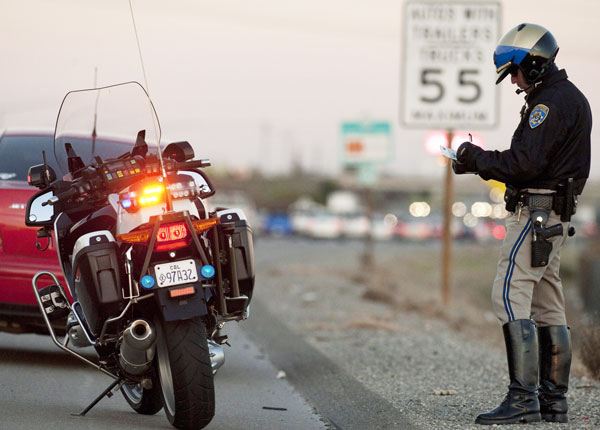
Seat Belt Laws & Regulations in the US: Why Are We Wearing a Safety Belt?
Updated Oct. 20, 2020Like all traffic laws, the laws concerning seat belts and child restraints have been put in place for your safety. Though it may not feel like it, your body is in motion while you are inside a moving vehicle. If that vehicle were to stop suddenly, your body would continue to move until it struck the inside of the car. Even when the outside of your body has stopped, your internal organs and brain will continue to move for a fraction of a second, until they collide with the inside of your skeletal structure.
The injuries resulting from a car crash when the occupant is unrestrained can be likened to the injuries sustained when falling from a great height onto a hard surface. Never underestimate how vulnerable you are when driving your car. Crashing at just 30 mph can cause the same damage as falling from a three-story building.
When used correctly, safety features such as seat belts, airbags and child seats can dramatically reduce the chances of being seriously injured or killed in a car crash. These restraints have been designed to keep you inside the vehicle in the event of a collision, while limiting the damage caused by upon impact by preventing your body from stopping too abruptly.
Understanding seat belt laws
Drivers and passengers are legally required to wear seat belts when these restraints are available, irrespective of their age. While age has nothing to do with who must wear a seat belt, it does play a part in who is liable for breaking seat belt laws. As a driver, you will be held responsible for any underage passengers in your vehicle who are not properly restrained. The precise age at which minors become responsible for their own restraints varies based on individual state law, so be sure to check your state’s driving manual for details.
Being issued with a fine or penalty is the least of your worries if any person in your vehicle fails to wear a seat belt. This restraint should prevent the wearer from being thrown into the dashboard, through the windshield or out of an open door in the event of a crash.
Note that backseat passengers can seriously injure the driver or front passenger – as well as themselves – if a collision occurs and they are not wearing a seat belt. In this situation, the abrupt stop could throw them into the rear of the front seat with enough force to crush the person in front. Never set off on a journey until you are certain that everybody in the vehicle has safely buckled up, even if all your passengers are legally responsible for their own restraints.
Click it or ticket
The country-wide “click it or ticket” campaign is designed to encourage more drivers and passengers to buckle up, with the hope of reducing injuries and fatalities in car crashes. The campaign uses visible reminder and enforcement methods – such as road signs, television commercials and roadway checkpoints – to increase the number of road users wearing seat belts.
“Click it or ticket” has been hugely successful in cutting back on traffic-related deaths and injuries. As drivers and passengers are aware that seat belt laws are being strictly enforced, they are more likely to take the time to buckle up. Between 2002 and 2015, the campaign has resulted in around 73,000 fewer serious injuries and 4,317 fewer deaths.
How effective are seat belts?
Seat belts are the longest-standing and most effective vehicle safety restraint. Dangerous myths about “seat belts causing more injuries” or “backseat passengers being safe without seat belts” have circulated among drivers for years. Do not be taken in by such stories. Seat belts save lives and the National Highway Traffic Safety Administration can prove it. In 2016, 47 percent of front-seat occupants and 57 percent of backseat passengers killed in car crashes were not wearing a seat belt. It is estimated that in the same year, seat belts saved around 15,000 lives.
Child restraints and car seats
Our next article deals with child car seats and the importance of choosing the correct restraint based on the age of your child, and state law. Child restraint laws vary by jurisdiction around the United States, though they all have one thing in common: the responsibility falls on the driver to ensure that all underage passengers are properly restrained in an appropriate car seat.
These laws are essential for child safety. In 2013, data suggests that nearly 90 percent of children under 15 were appropriately restrained when traveling in a motor vehicle. Prior to the introduction of child restraint laws – some 40 years ago – less than 10 percent of children were restrained with seat belts or car seats.




